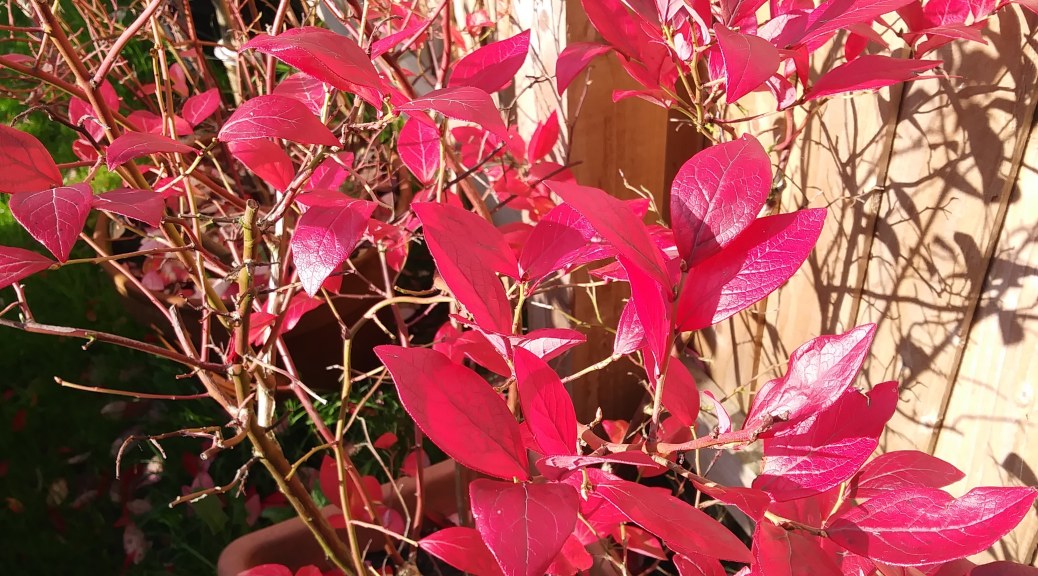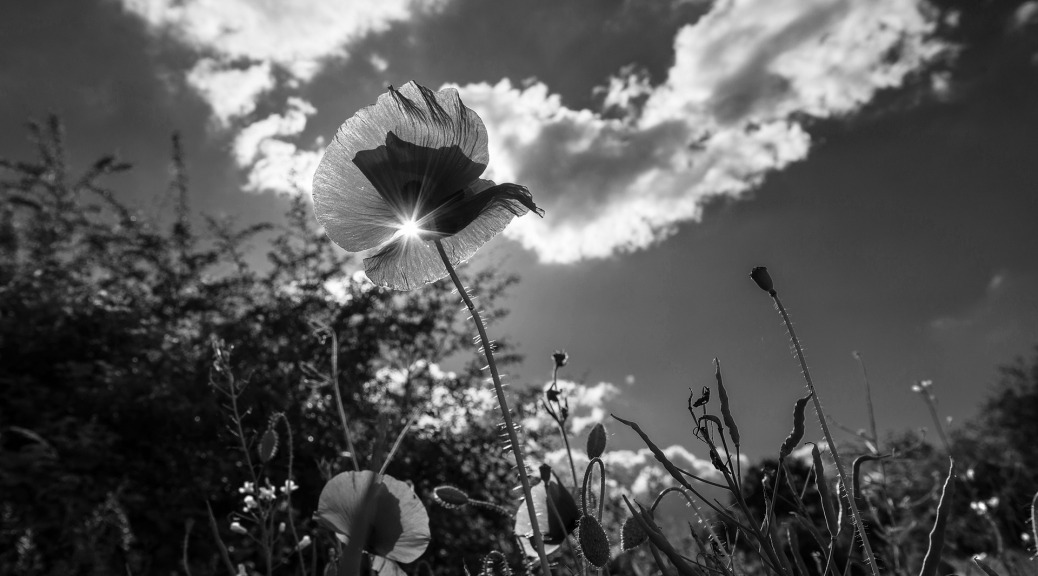It’s been a busy few months in the garden since I last wrote. The garden has been on a constant path of developments and is coming along now. It never sleeps and is gently showing me what it can really do if given the time and cultivation to help it. And to help me achieve this no-dig has been the fundamental driving force to make crop-growing even quicker.
Let me give you an update
Since February I’ve only added one further raised bed because the size of the other beds has allowed me to grow so much more than I am used to. Space is being used wisely though and through the months I’ve learnt that little and often is the way to sow to ensure I get the best harvests, especially when it comes to salad crops.

Raised Beds
Bed 1 – Strawberries and asparagus. I added three asparagus roots in April. They all sprouted and I let them grow to seed, as instructed. The three spears are a little bit of an experiment as I’ve never grown asparagus before. However, because they take so long to mature and grow, planting them in with the strawberries means they won’t get disturbed. The strawberry plants are now in their second year and have flowered well enough. However, the fruit has been slow to mature. I’ve had just one harvest so far. I’m diligently cutting away any runners but the speed at which the plants throw the runners out is almost frightening!
Bed 2– Salad crops. I had sown a handful of spring onion seeds sometime around autumn last year, into this bed, and left them to it. After rain and frost, they still survived. I was most surprised when from about April onwards I’ve managed to keep myself in onion supplies ever since. Beautiful tasting spring onions and all I did was top up the bed (sometime in March) with homemade compost, some of which was “lumpy” and leave them to it. Since then I’ve also added radishes, which when left turned into giant red globes, lettuce, carrots, chard and beetroot. On a whim one day I also added a summer squash plant as I had it leftover from another bed. I had my first beetroot harvest last week with plenty more to eat and the lettuce is a constant supply for lunches. I’ve sown more spring onions but they seem to grow very slowly and I wonder if I’ll ever get the hang of growing them.
Bed 3 – Brassicas. I may have gone over-enthusiastic in this bed. It’s filled to absolute capacity. It started with spinach and kale but has since expanded to included broccoli, purple sprouting broccoli and many, many Brussels sprout plants. It needs thinning out really because there isn’t enough room for them all but I’m playing roulette and hoping the more plants I start with the more I’ll end up with after the butterflies come, and they will come. My experience of growing brassicas has never been an easy one. Edit – the butterflies have since appeared.
Bed 4 – Garlic. I’ve recently pulled up 53 bulbs of garlic and each one was perfect. Some were huge in size and others smaller due to them getting regular disturbance from the blackbird. But this was, without doubt, my finest garlic growing season – ever! As the garlic bulbs were growing I set to sow some leek seeds. I didn’t think they would do anything because again the blackbird took such a fancy to the bed that everything kept shifting in the compost. But I pulled out three good clusters of leeks that had managed to grow and now I’ve thinned them out and used the whole bed as a leek growing area. The shift and disturbance caused the leek-lettes (that’s a made-up name by the way.) to temporarily droop so I had to ensure the compost was kept moist until they perked up again. It’s another experiment because I topped half of the bed up after the garlic harvest with the potato compost that was left over from harvesting the first earlies. I’m not sure if you’re supposed to re-use potato compost but as the plants never experienced any blight and I thought it would be a shame to waste it. I added fertilizer granules to the bed, stamped it over to get the soil relatively even and in went the leeks. That’s as hard as no-dig really gets.
Bed 5 – Runner beans, squash and courgettes. This is a new bed for 2019. As before this one was created using just 8×4 gravel boards, placed on the lawn and filled with cardboard, homemade compost and shop-bought compost. The courgettes were slow to start and I was worried at one point that the homemade compost may have been too strong or not properly composted because some leaves started to turn yellow but I think this was my over zealous watering to get the cardboard to start breaking up beneath the bed. Within a couple of weeks, both the courgettes and the squash plants took off. I added runner bean seeds but left adding any poles until the beans germinated and started growing. Of the 10 seeds sown only 4 germinated so I planted another three and in the end, I got five runner bean plants to grow. Now they have taken off it’s time to add the pole which I intend to do this weekend.
Fruit
Earlier this year I planted ten raspberry canes, 5 summer fruiting and 5 autumn fruiting. Unfortunately, I lost the labels so now I don’t know which is the autumn and which is the summer. It’s also meant that I haven’t been able to prune them either because I don’t know which is which. They are all growing well and the birds are thoroughly enjoying the fruit.
I decided against pruning the cherry tree (Stella) and instead just planted it in the ground as it was. It’s put on an extra 40cm of growth since February and although there wasn’t much blossom I did see three cherry’s before the birds got to them.
Both the apple (spartan) and plum (opal) haven’t been espaliered yet. I fully intend to but wanted to see what new growth I’d get before doing so. And they haven’t disappointed. I’ll have plenty of choice as to how and where to prune now so it was definitely worth doing.
I now have two gooseberry plants and one peach tree, all sit in separate pots for being able to put undercover in winter. I was disappointed that the peach (Saturn) didn’t blossom, which means so fruit this year. But it seems to be okay in it’s 40ltr container. The leaves have experienced some bug eating away at them but nothing too detrimental and the colour of the leaves turn a deep shade of red the larger they become on the plant. It’s a very colourful tree. I just need to ensure I prune it right before the year is out to ensure it blossoms next yr.
Polytunnel
I was a bit hesitant as to whether the polytunnel cover would keep going this yr. During one particular wet and windy weekend back in February, the cover was again being caught by gusts of winds, even with pots and bags of soil to hold it down. I thought it was a goner but the wind died down and the cover stayed on. For most of the year it’s been an outside storage solution surrounded by trays of seedlings! It has also been home to the peach tree (until Mid-may) and is now home to 10 tomato plants, six chilli plants and three cucumber plants. All of which are growing well despite obvious slug/snail damage. Fortunately, I appear to have (or have had) a resident frog in there who kept the slimy critters at bay until the plants became more established.
Potatoes
This year I upped the anti on growing potatoes in containers. I went from three to seven this year due to the success I’d had. So far I’ve only harvested the two International Kidney potatoes. The harvest wasn’t all that huge. Both containers came in at just over 1.8kg of potatoes which is slightly disappointing but what they lacked in quantity they definitely made up for in taste. I’d definitely grow them again but would need to perhaps either start them off earlier (I didn’t plant them up until April), or explore another supplier perhaps? The Pink fir and Desiree containers will be harvested at the end of this month.
You made it to the end!
And that is my growing journey documented. I would say it’s been terribly hard work but I’d be lying – the plants themselves have done all the hard work. I just made the space for them to grow. The hardest bit is keeping on top of the watering during particularly dry times (although to be fair there hasn’t been many of those this yr in my part of the world!).
Interestingly the weather this year has hindered some plants, like the courgettes but encouraged others, like the tomatoes. In the end, you can’t control the weather, so all I can do is sit back and enjoy the gardening ride (ensuring to keep watering, where needed of course!).





